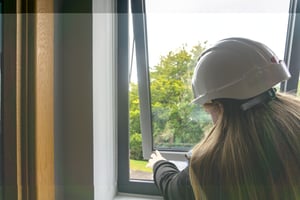
Fire Rated Glass
Fire-rated glass acts as a crucial barrier, providing essential time for occupants to evacuate and for emergency services to tackle the fire. By slowing the spread of flames, it helps protect escape routes and minimises structural damage, especially in larger buildings. Fire-rated glass must withstand extreme temperatures of over 870°C.
Fire-rated glass is an essential part of compartmentation strategy and helps provide a protective barrier that slows the spread of fire.
Fire rated glass provides essential protection without sacrificing natural light or the open feel of modern design. Large buildings such as apartment blocks rely on fire rated glass to protect communal areas like corridors and stairwells, ensuring residents have safe escape routes in the event of a fire. Fire rated glass is often used in fire doors, offering protection whilst still allowing visibility on both sides of the door.
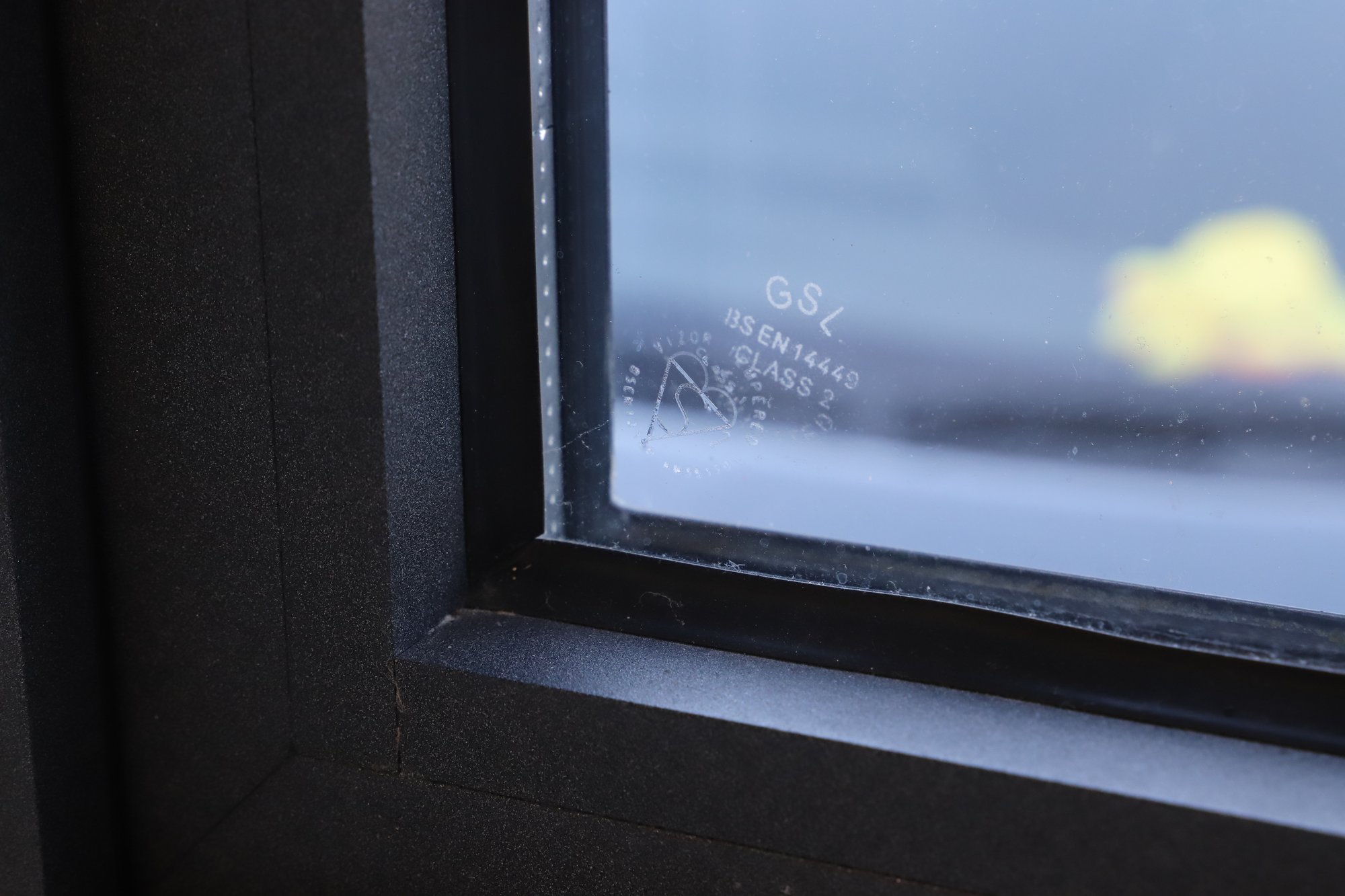
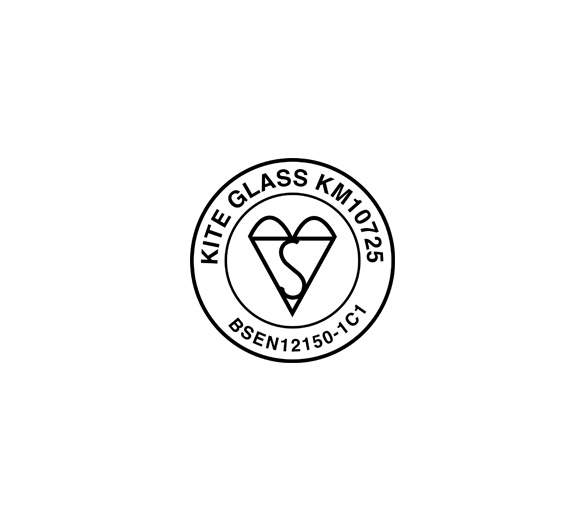
How to identify fire rated glass
Each fire-rated glass product must feature a permanent identification stamp to distinguish it from ordinary glass. This mark must be applied before installation and remain visible once in place. While there is no specific format required, the stamp must include three key details:
- The manufacturer's or installer’s name
- The product standard the glass complies with
- The impact safety classification, as per EN12600

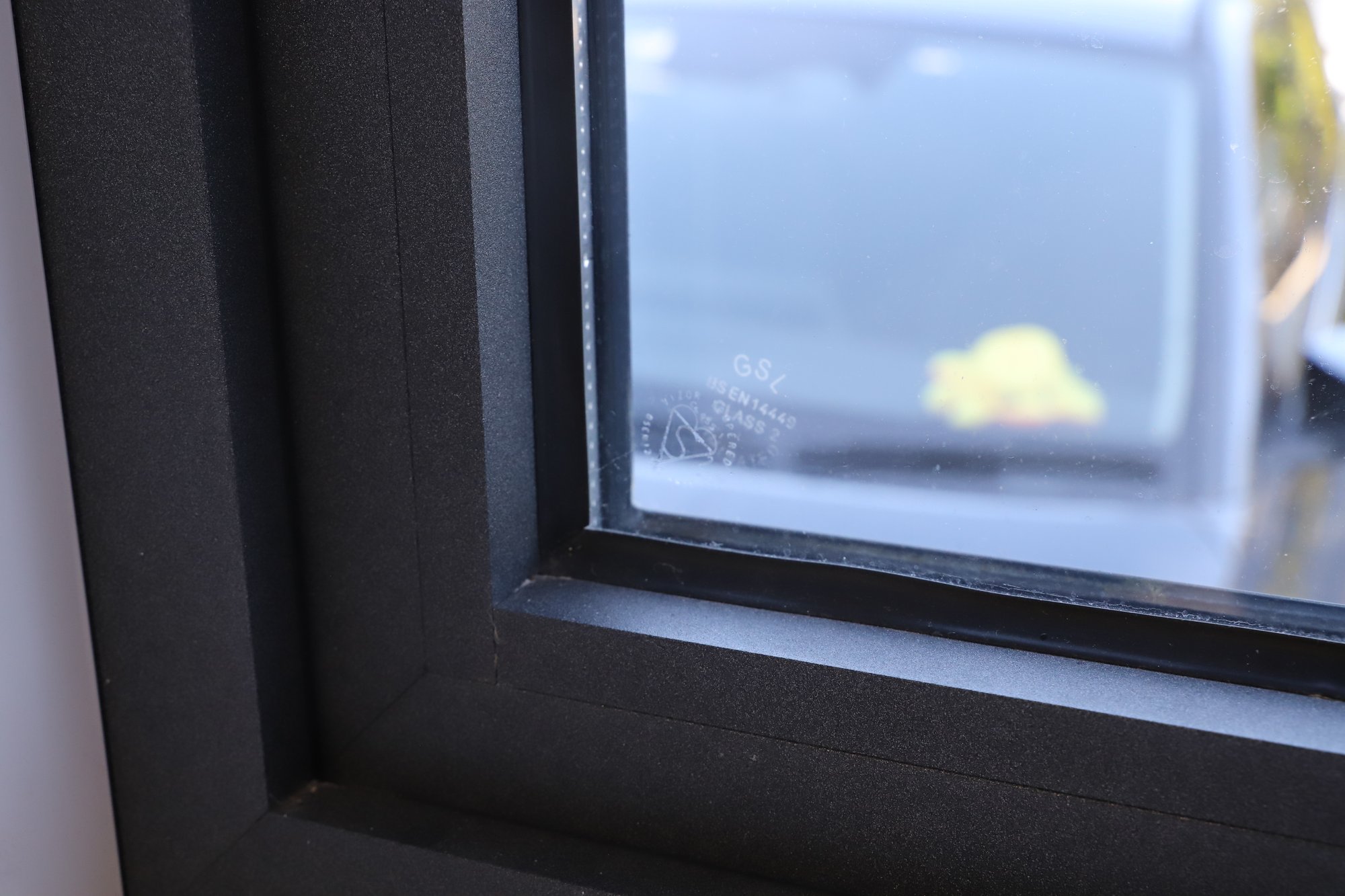

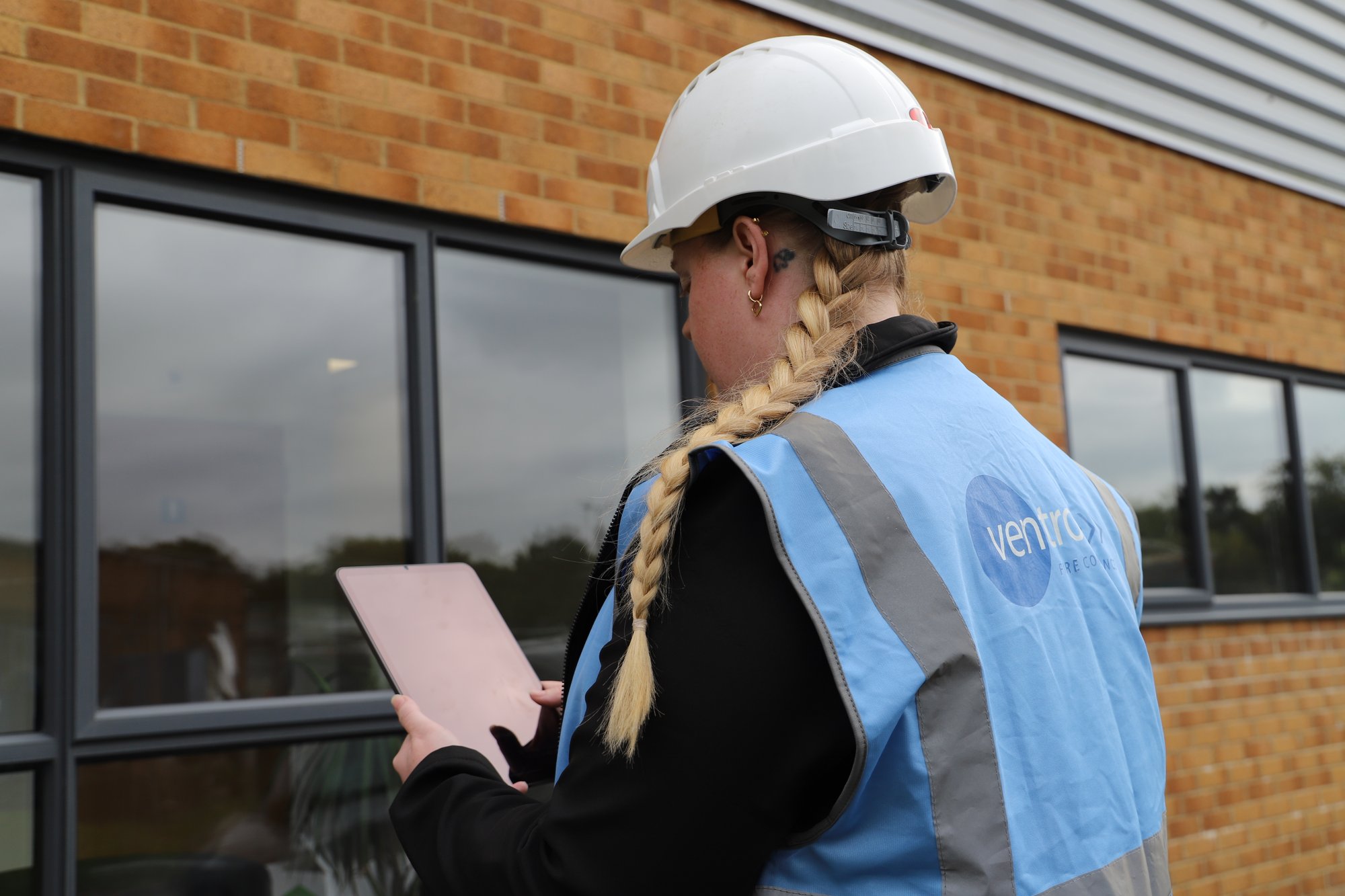
How is fire-rated glass classified?
The Integrity Period
The integrity rating indicates how long the glass will remain intact within its frame during a fire. It measures the glass's ability to prevent flames and hot gases from passing through when exposed to fire on one side.
The Insulation Period
This measures how long the glass acts as a barrier against flames, heat, and smoke. During testing, the glazing must ensure that the non-fire side's temperature does not exceed an average of 140°C, with no single point exceeding 180°C.
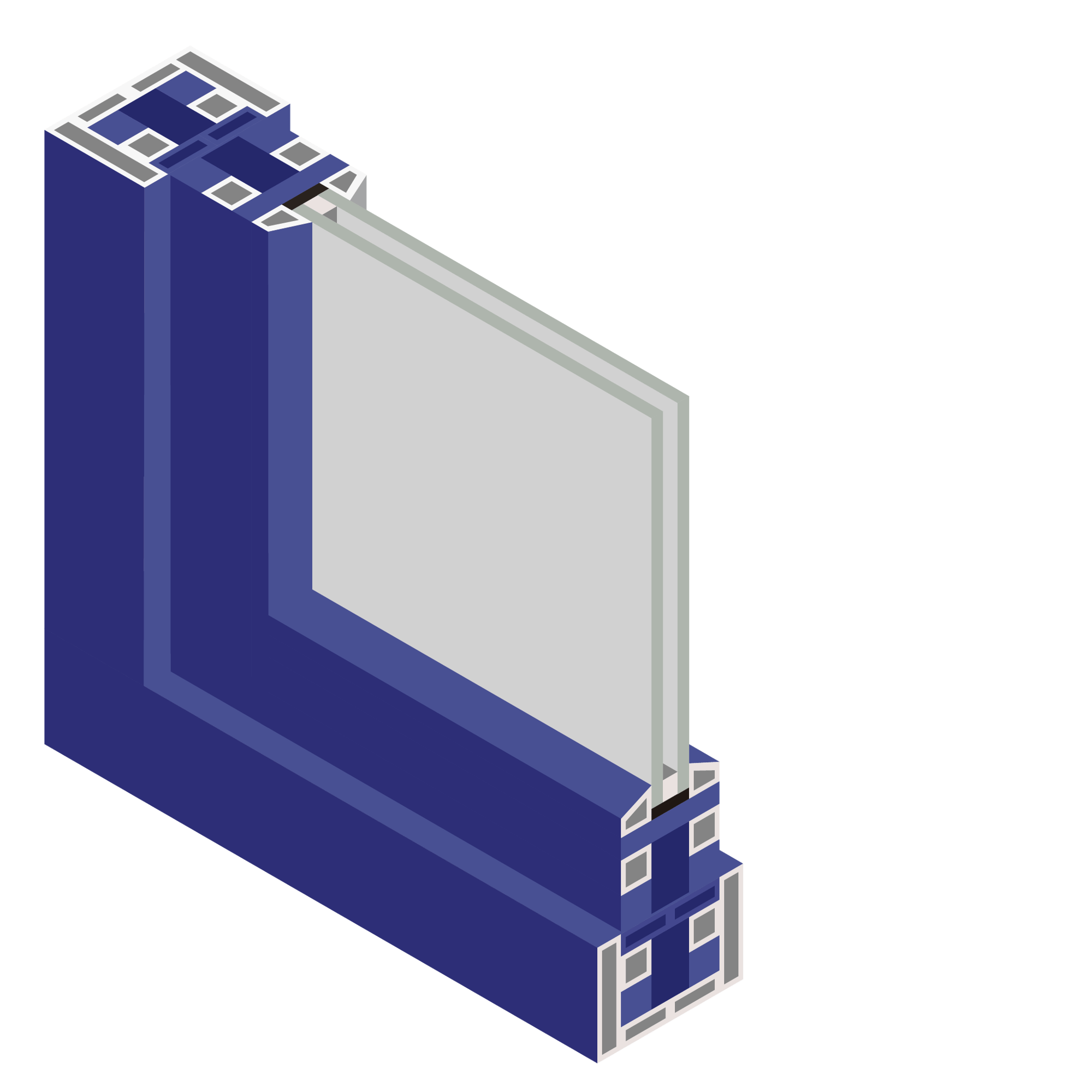
The classifications also reflect the duration of protection provided. Fire-rated glass is categorised into E levels based on its performance:
This measures the glass’s ability to withstand fire on one side while preventing flames and hot gases from passing through to the unexposed side.
This assesses how much radiant heat is transmitted through the glass from the fire-facing side. While widely used in Europe, it is less common in the UK as If insulation standards are met, radiation standards are generally considered satisfied.
Along with maintaining integrity, this rating ensures the glass limits heat transfer through conduction, convection, or radiation from the fire side to the unexposed side.
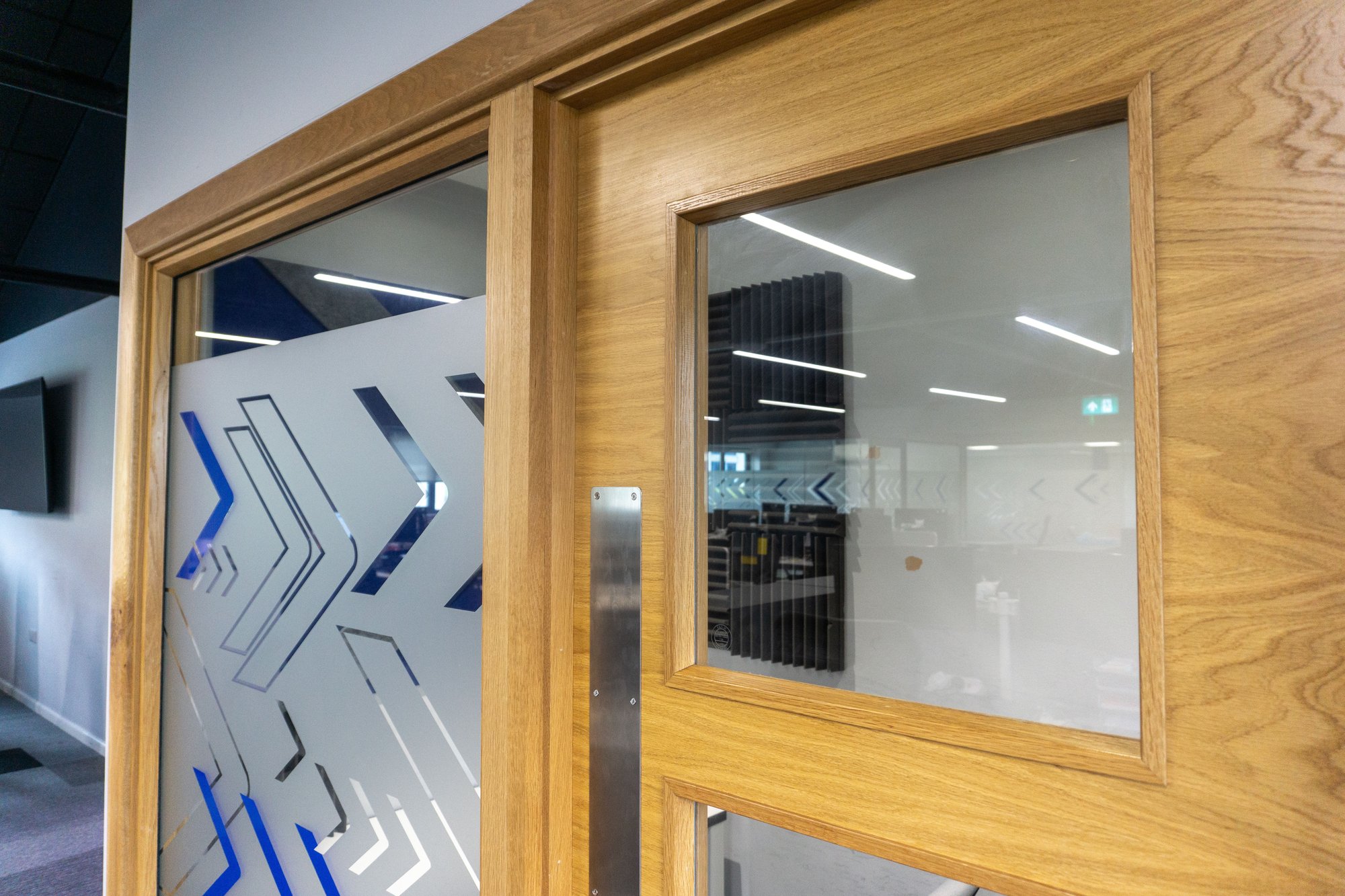
Who can install Fire Rated Glass?
The installation of fire-rated glazing must always be carried out by a competent and qualified professional with specialist knowledge. The glazing system must be fitted into a frame that has the correct test evidence to ensure safety and compliance.
Third-party certification provides customers with assurance that the product is reliable and safe. It involves rigorous testing and inspections, confirming the product meets the required safety and quality standards. This certification not only demonstrates a commitment to product quality but also offers peace of mind to customers.
Want to learn more? Read our insights:





